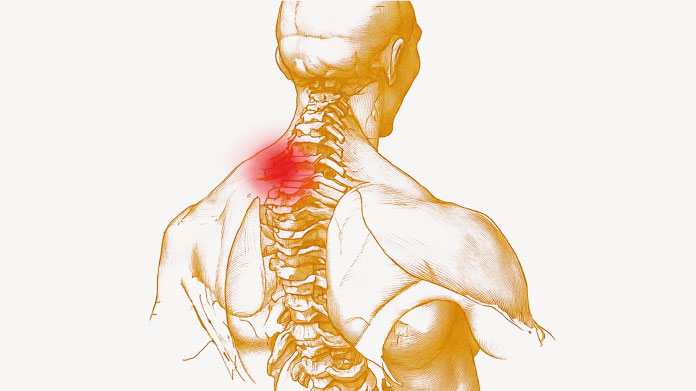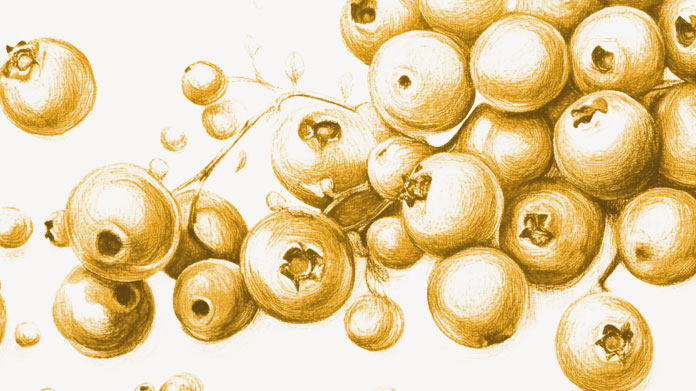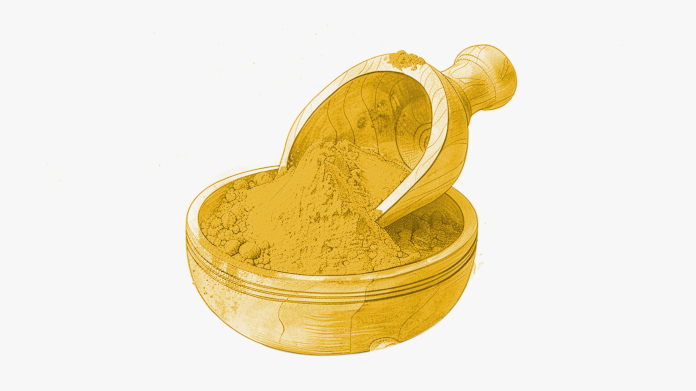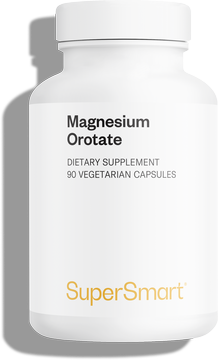Five good reasons to consume turmeric
Widely-used in Indian cooking, this powerful spice offers a multitude of health benefits. Anti-inflammatory, anti-cancer, anti-nausea … turmeric is the health spice par excellence. Here are five good reasons to put it on your menu.
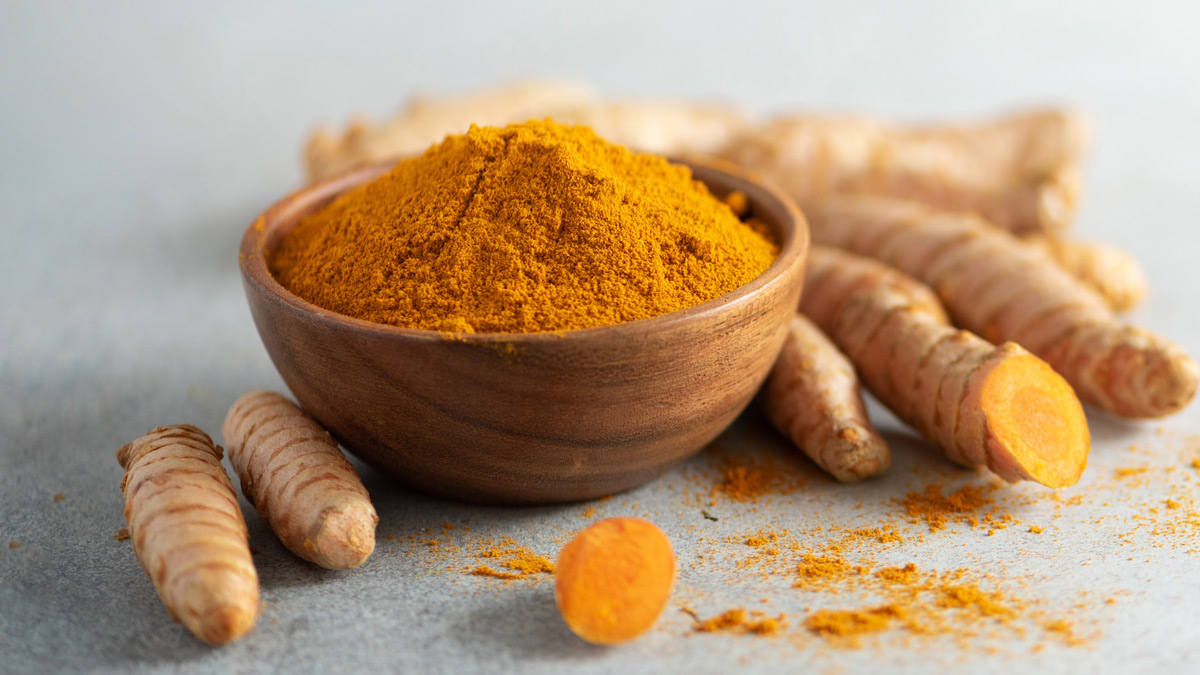
Turmeric fights aging
Also known as Indian saffron, turmeric boasts many health benefits, one of the most established being its high content in antioxidants. In a US study conducted in 2006, turmeric was rated the fifth most antioxidant-rich food from a list of 1000 foods. Antioxidants (especially flavonoids and polyphenols) have powerful effects, combatting, in particular, the free radicals responsible for cellular aging.
Turmeric may prevent some forms of cancer
This particular property has been arousing scientific interest for several years now, and with good reason. It seems curcumin, the main polyphenol in turmeric, may well turn out to be a formidable weapon in the fight against cancer. Numerous studies have produced impressive results, particularly in relation to prevention of a range of cancers (pancreatic, breast, colon, and prostate…). The only problem is these results come from research conducted on rats. Human studies are not yet at a point where definitive conclusions can be drawn, though the signs are very encouraging and suggest turmeric could prove to be a benchmark anti-cancer substance.
Turmeric treats digestive problems
Turmeric has also been used for centuries in traditional Chinese and Ayurvedic systems of medicine (for treating dyspepsia (digestive problems). Turmeric’s efficacy against “digestive disorders with hyperacidity and flatulence” is also recognized by the World Health Organisation (WHO). One study found that taking 250mg of curcuma four times a day may relieve digestive problems. Turmeric is also recommended for nausea and vomiting, bloating, loss of appetite and for relieving feelings of heaviness.
Turmeric is an anti-inflammatory
Here again, it is the curcumin in turmeric which is responsible for its powerful anti-inflammatory properties. It therefore provides the joints with considerable support as it prevents and relieves joint pain and stiffness. Turmeric is also a good option for osteoarthritis and rheumatoid arthritis. With a Chinese study showing it to have a positive effect on performance, turmeric may be of particular interest to sportspeople who place massive stress on their joints.
Turmeric is easy to consume
It can obviously be consumed simply as a spice in certain dishes (mainly Indian, turmeric being a key ingredient in curries) and by regularly adding it to your cooking (in sauces, stews, marinades …). Try to buy the fresh roots (from speciality delis or Asian stores) or a small amount of ground turmeric (so that all its qualities are preserved) and eat it with pepper and a little oil to enhance its bioavailability, as the piperine in pepper acts in synergy with the turmeric. You can also find it in powder or juice form. If you don’t like the taste (you need to take 2-3g a day to obtain its health benefits), dietary supplements offered by herbal medicine are an option worth considering.
Keywords
4 Days
A Product worth waiting for when not…
A Product worth waiting for when not available and then arriving as a surprise!
DOMINIC
5 Days
On time shipping
On time shipping
GEORGE Verne
7 Days
Ordering was easy and the product was…
Ordering was easy and the product was delivered with no problems. Appreciated that I was notified when it would arrive. Thanks!
MascarC
13 Days
Great customer service - responsive …
I ordered from them and my item was unavailable for sometime. I was super happy when they reactivated my order and shipped my item which arrived very quickly. Great customer service.
Ruth Rueter
13 Days
Super fast shipping
Super fast shipping
Donald Borling
17 Days
Reputable companysearch and the number of…
The research and the number of selection of products.
NAKHJAVAN Shervin
30 Days
The Anti Aromatase is a great product
The Anti Aromatase is a great product. You just need to have constant inventory. Recently this product has been out of stock.
GEORGE Verne
31 Days
Great help on chat
Great help on chat. Knowledgeable and friendly.
Jason Argos
35 Days
Customer service was fast and friendly.
Customer service helped to stop the transaction process of the subscription. I appreciated that.
Greenie
35 Days
I order here due to the high quality of…
I order here due to the high quality of the products and the quick delivery of items - thank you
Barbara J
36 Days
SuperSmart's Eye Pressure supplements: highly recommended!
I purchase SuperSmart's Eye Pressure supplements regularly for over 5 years, and gotta say they are truly a wonderful product for my Glaucoma. Highly recommended if you have eye pain from your Glaucoma.
D. Martinez
41 Days
Quick service
Quick service
MONELL
42 Days
Speedy service.
Speedy service.
ROSENTHAL Marvin
45 Days
Clear website- Efficient
Clear website. Excellent search engine and fast delivery!
Mohamad Hussein
48 Days
They have great products.
They have great products.
Vickie

